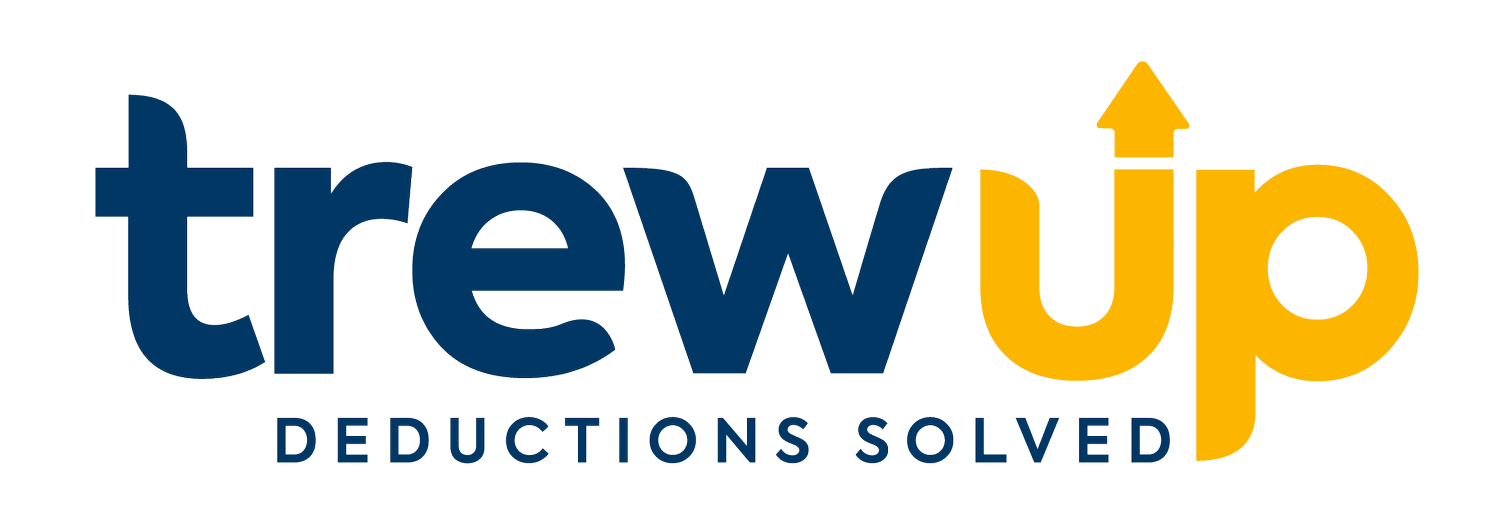Best Practices for Managing Deductions: A Five-Step Guide
Managing deductions in the realm of Consumer Packaged Goods (CPG) can often feel like navigating a maze. The intricate processes involved and the sheer volume of data can be overwhelming. However, with a strategic approach and innovative tools like TrewUp, this task can be made more manageable. Here's a smooth five-step guide on how to optimally manage deductions.
1. Building a Solid Foundation:
The first step towards efficient deductions management is establishing a firm grasp of your contractual obligations. This means a comprehensive understanding of your contracts with distributors and retailers, be they Supplier Agreements, Inbound Routing Guides, or Fee Schedules. Equally important is identifying elements you haven't agreed to.
In this digital age, a shared folder for all contracts, including Distributor Contracts, Promotional Planners, and Promo Contracts, can be a powerful organizational tool. It simplifies the process and ensures easy access to all critical documentation.
A key to efficient deductions management is assigning a single person with the responsibility of reviewing deductions. This fosters accountability and reduces the margin for error. To facilitate this, access to portals and emails where deductions are posted should be granted, ensuring seamless retrieval of all necessary data.
2. Establishing a Standard Operating Procedure:
Once the foundation is laid, it's time to set up regular reviews of deductions. For instance, conducting a thorough review every one or two weeks helps maintain a close watch on your trade spend.
Always prioritize deductions by dollar amount to focus on the most significant items first. Use your shared folder to compare deductions against contracts. This aids in identifying discrepancies and ensures you’re aligned with contractual obligations. When necessary, engage key stakeholders for additional review and approval.
To keep everything organized, a tracking tool can be useful. It helps keep tabs on what's new, under review, disputed, and so on.
3. Reconciling Deductions:
Next, it's time for the designated person to dive into reconciliation. If there are grounds for dispute, they should prepare a solid case backed by relevant documentation. This approach enhances the legitimacy of any claims and paves the way for resolution.
4. Navigating Accounting Practices:
In the world of deductions management, accounting plays a vital role. It begins with downloading backup documents and meticulously checking details. Key tasks also include identifying Purchase Orders (POs) and linking deductions with specific checks.
The deductions then need to be categorized against the appropriate General Ledger (GL) accounts. This information should be promptly entered into your accounting software to ensure accurate and updated financial records.
5. Mastering the Art of Reporting:
Lastly, generating insightful reports based on spend by retailer and deduction type paints a clear picture of your trade spend patterns. It's also crucial to proactively identify and address areas where unnecessary deductions can be reduced.
Conducting a Return on Investment (ROI) analysis on promotional programs provides valuable insights into their effectiveness. This analysis can guide future decision-making. Finally, tracking key metrics relating to improved profitability, such as repayments and logistics fees, can significantly optimize the deductions management process.
In conclusion, managing deductions needn't be a daunting task. By adopting a structured approach and leveraging a deductions management platform like TrewUp, you can simplify the process and gain valuable insights. TrewUp, with its capabilities to retrieve, interpret, and categorize deductions data, offers a time-efficient way of managing deductions. It navigates the complex world of deductions, saving you precious time and effort, and enabling you to focus on other important aspects of your business.
